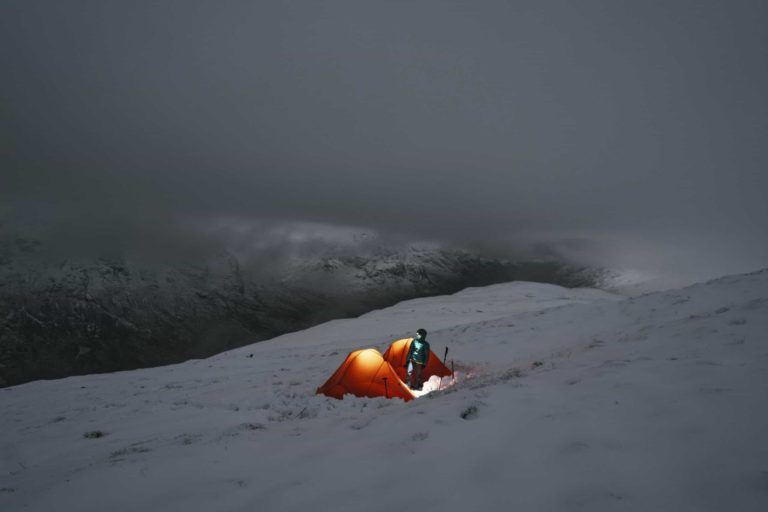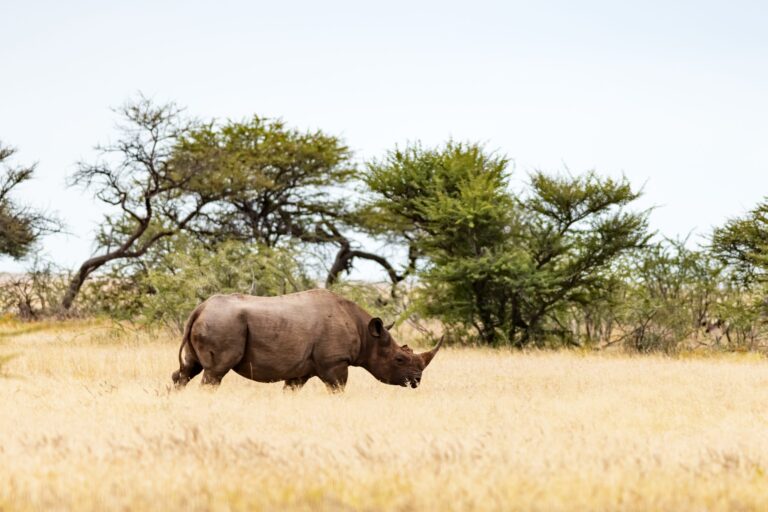
Camping In Antarctica
Camping in Antarctica At 67° 51’ South, 67° 12’ West latitude, along the western coast of Graham Land, Antarctica, is
At 67° 51’ South, 67° 12’ West latitude, along the western coast of Graham Land, Antarctica, is the small rocky Horseshoe Island complete with an abandoned British research station from the 1950s known as Station Y, or Horseshoe Base, and a refuge hut.
This was the spot that our Zodiacs dropped us off with our sleds and equipment. We were going on a camping trip on the coldest continent on the planet.
Since dogs have been banned from Antarctica since 1992, each participant had to pull their own sled (called a pulk), from the shore, across the rock and ice, and to the campground. One of our guides walked a few dozen yards ahead of ice and kept poking his poles in the ice to make sure we were on sure footing. The last thing we would want is a crevice to open up below our feet and fall into our icy graves.
Once we reached our site, we got busy unpacking our pulks and setting up our bright red, two-person tents. Looking up every so often, the clearing started to resemble a small village with red dwellings popping up in a tight, high-density cluster. After they were up, we added the insulated sleeping bags and ground liner to keep some separation between our bodies and the frozen ground.
Prior to departing for this activity, we all had dinner on the ship. Other than one energy bar and water, no other food would be consumed during our time on Horseshoe Island. Everything brought in would be taken out. This includes human waste that would be collected in a portable squat toilet that our guides strategically placed behind a small ice mound with a removal sign that we would place a few yards away to notify others it was occupied.
An hour after the camp was set, my three friends and I went on a short hike over some hills that separated us from the 25 or so campers. Almost immediately, we were cut off from all sounds and immersed into an environment devoid of even the faintest whisper. Except for an incident that I spent in an anechoic chamber, which was an artificial environment, this was the quietest place I can ever recall being in. The rhythmic pumping of my heart was louder than anything else around me. My friends and I only stared at each other with frozen faces and silent grins. The sensory deprivation of any sound was both strange but also nothing short of extraordinary. After several minutes of letting the moment envelop us, we finally whispered to each other to start the short hike back to camp.
The rest of the experience of camping in Antarctica was fairly pedantic compared to the experience we just had. As there was nothing to really do, no meals to eat, and no activities to spend our time being engaged with, we all turned into our tents, got as warm as we could, and slept as best as we could through the polar night. Come daybreak, we broke down our camp, piled it onto the pulks with the ropes tied around our torso, and marched out of there back to the shoreline near Horseshoe Base.
The crew from the ship met us and loaded our gear onto the Zodiacs and sped us back for a hot shower and breakfast. While this was no test of endurance like the crew of Ernest Shackleton or Roald Amundsen from a century ago, it was our opportunity to camp in a place where almost no humans have ever traveled. That in itself is an experience to be cherished.
*It is important to note that camping in Antarctica is an optional activity and is not included in the base cost of the cruise. Also, due to the nature of the activity and its dependency on weather conditions on both the water and land, it is not guaranteed that every cruise will get a chance to provide camping as an option.

Camping in Antarctica At 67° 51’ South, 67° 12’ West latitude, along the western coast of Graham Land, Antarctica, is

A Night of Sand and Stars in Morocco When someone mentions the Sahara Desert, images of wind-swept sand dunes rising

Tracking Rhino’s in a South African Game Reserve In 1935, the famed American novelist and world traveler, Ernest Hemingway published his




















1 thought on “Camping In Antarctica”
Hi, this is a comment.
To get started with moderating, editing, and deleting comments, please visit the Comments screen in the dashboard.
Commenter avatars come from Gravatar.